Tips to staying germ-free at the gym
Powered by WPeMatico
Powered by WPeMatico
Powered by WPeMatico
Powered by WPeMatico
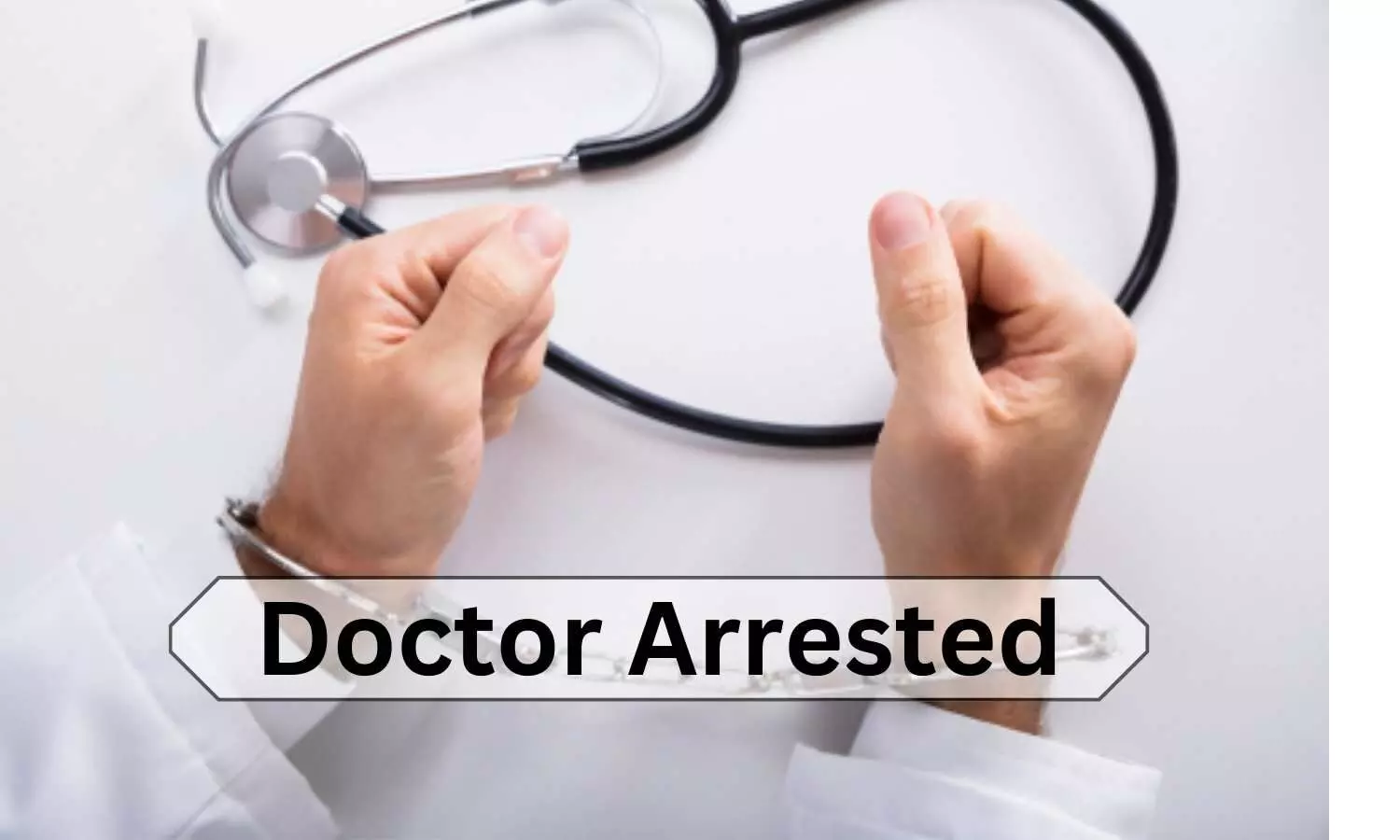
Faridabad: Busting an illegal clinic in Chandawli village in Faridabad, a joint team of police officers led by Health Department’s Medical Officer Pradeep Kumar arrested a Homeopathic doctor for allegedly providing allopathic treatment to patients for the past 35 years.
He was caught red-handed by the team when they raided the clinic and found that the accused doctor had been defrauding his patients for the past three decades and a half with allopathic treatment even though he holds a homoeopathic medical degree.
The fraud came to light when the city police received a tip-off about the accused doctor running an illegal clinic.
A senior Faridabad Police officer told TNIE, “We received information that a man was illegally running a clinic in village Chandawli, Faridabad following which a joint team of police officers led by Health Department’s Medical Officer Pradeep Kumar was constituted.”
During the raid, the team found different types of drugs, allopathic medicines and several other equipment. As a result, they have seized them and the case is under investigation.
“The accused doctor had a Homeopathic degree. During the raid, the team found some allopathic medicines at the clinic along with various drugs, instruments and equipment. All that material has been seized,” said an officer.
“The police have registered a case on the complaint of the civil surgeon and arrested the accused doctor. Later he was produced before a Court. Further investigation is underway,” the official added.
Medical Dialogues team had earlier reported that the owner of Kunal Pal Hospital located in Model Town extension in Ludhiana had been booked after a sting operation exposed his involvement in issuing fake medical certificates in exchange for money by posing as a doctor.
Also read- Crackdown On Quacks: Illegal Clinics Busted In Telangana
Powered by WPeMatico
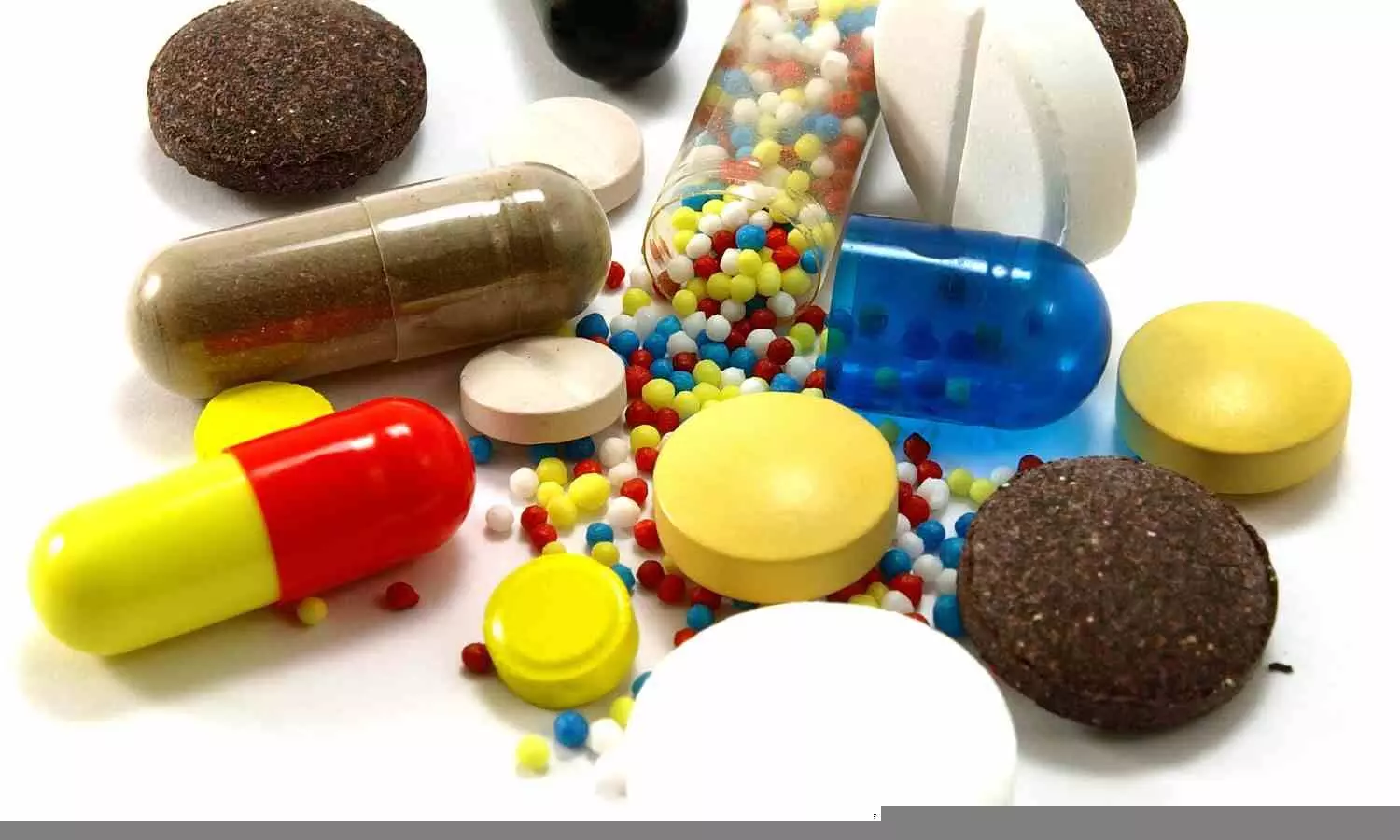
Vadodara: Alembic Pharmaceuticals Limited has announced that the Company has received
tentative approval from the US Food & Drug Administration (USFDA) for its
Abbreviated New Drug Application (ANDA) for Ivosidenib Tablets, 250 mg.
The
approved ANDA is therapeutically equivalent to the reference listed drug product
(RLD), Tibsovo Tablets, 250 mg, of Servier Pharmaceuticals LLC.
Ivosidenib is an isocitrate dehydrogenase-1 (IDH1) inhibitor indicated for patients with
a susceptible IDH1 mutation as detected by an FDA-approved test with: (a) Newly
Diagnosed Acute Myeloid Leukemia (AML) as monotherapy in adults 75 years or
older, or who have comorbidities that preclude use of intensive induction
chemotherapy (b) Adult patients with Relapsed or refractory AML (c) Adult patients
with Locally Advanced or Metastatic Cholangiocarcinoma who have been previously
treated.
Ivosidenib Tablets, 250 mg have an estimated market size of US$ 114 million for
twelve months ending March 2024 according to IQVIA.
Alembic has a cumulative total of 207 ANDA approvals (179 final approvals and 28
tentative approvals) from USFDA.
Medical Dialogues team had earlier reported that the Company had received tentative approval from the USFDA for its ANDA for Bosutinib Tablets, 100 mg and 500 mg. Bosutinib tablets are indicated for the treatment of a certain type of leukemia called Philadelphia chromosome-positive chronic myelogenous leukemia. It is a type of cancer that affects the blood and bone marrow. It is characterized by the presence of a specific genetic abnormality known as the Philadelphia chromosome.
Read also: Alembic Pharma bags USFDA tentative nod for Bosutinib Tablets to treat certain type of leukemia
Headquartered in India, Alembic Pharmaceuticals Limited, a vertically integrated research and development pharmaceutical company. Alembic is a publicly listed company that manufactures and markets generic pharmaceutical products all over the world. Its state of the art research and manufacturing facilities are approved by regulatory authorities of many developed countries including the USFDA.
Powered by WPeMatico
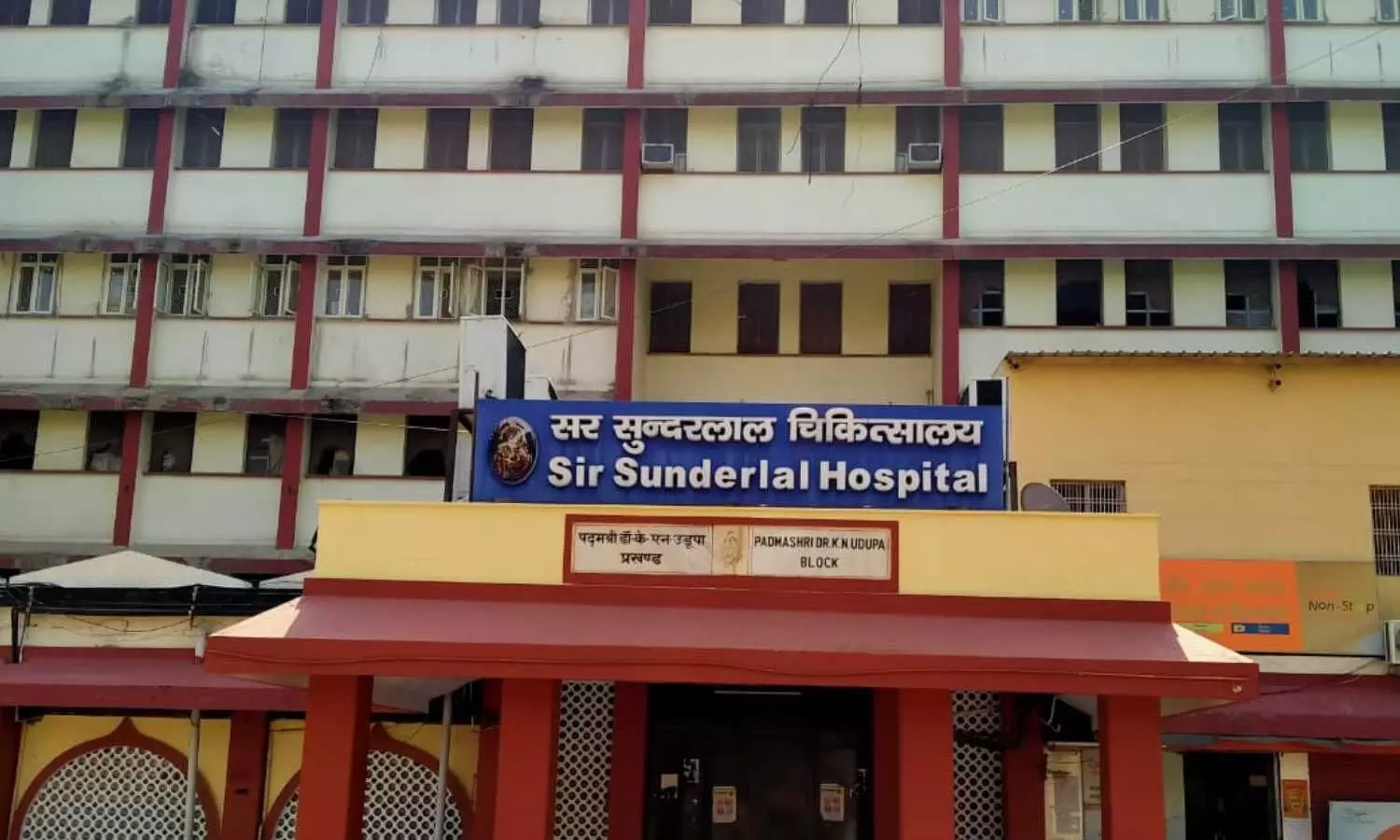
Varanasi: Doctors at Sri Sundarlal Hospital in Banaras Hindu University (SSH, BHU) successfully performed a rare surgery to remove a 25 paise coin lodged in the trachea (windpipe) of a 40-year-old man for the past eight years.
A team of doctors led by cardio-thoracic surgeon Prof Siddharth Lakhotia and Prof SK Mathur removed the coin from the trachea in a procedure that lasted for 20 minutes on Tuesday.
According to an ANI report, Dr Lakhotia said, “It is very unusual for objects to enter the trachea of adults due to the presence of a strong cough reflex in adults. It is common in children. A case where a foreign body has been lodged in the trachea for the past 8 years is very rarely reported, especially in adults.”
Also Read:Rare renal surgery performed on 1-year-old boy at BHU’s Sir Sunderlal Hospital
“Such foreign bodies are life-threatening and patients may suffocate, develop pneumonia, and damage the lungs. Patients can also die due to difficulty breathing or other complications. The entire procedure took 20 minutes and the patient is now fine and will be discharged from the hospital within a day of the procedure,” he said.
Dr Amrita Rath of the Department of Anesthesiology, who played a key role in removing the coin, said, “Such procedures require a very high level of precision and even the slightest error can pose a threat to life. In this case, an advanced rigid bronchoscope was used to remove the coin that had been in the windpipe for 8 years.”
Dr Ratnesh Kumar, a cardiothoracic surgeon in the team, said, “This facility of removing objects from the trachea of adults is available only in the Institute of Medical Sciences, BHU, among government hospitals in eastern Uttar Pradesh.
Dr Kumar also said that in the case of adults, if a person sleeps with anything in their mouth or is in a semi-conscious state under the influence of alcohol and drugs, then the chances of foreign bodies entering the windpipe increase, news agency ANI reported.
The support staff of Trivendra Tyagi, Anand Kumar, Om Prakash, Baijnath Pal, Vikas, and Sanjay also played an important role in the entire process of the surgery.
Recently, the BHU doctors also successfully removed the key of an almirah from the trachea of a patient which was stuck in his windpipe for 10 years.
Powered by WPeMatico
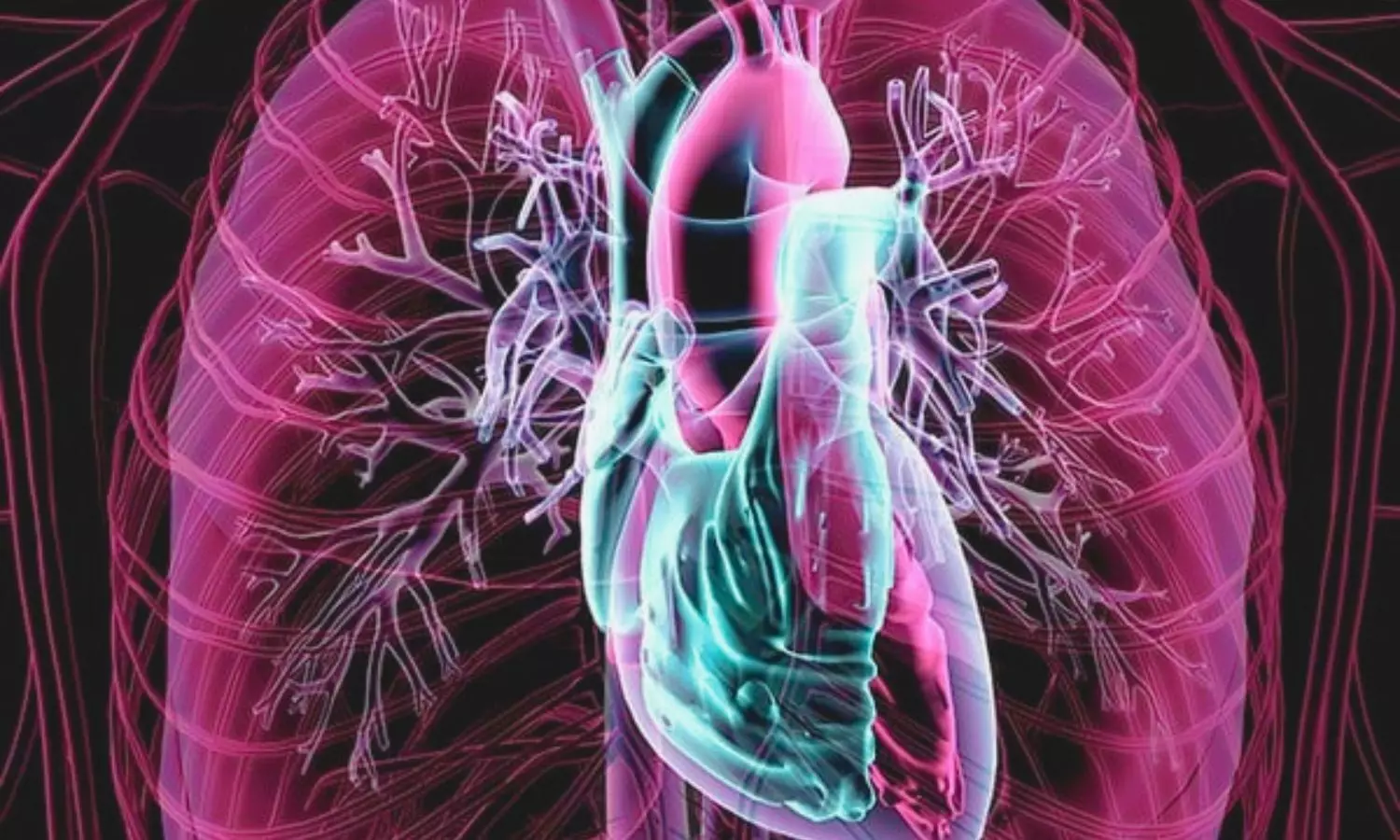
Japan: In a new study focusing on the management of acute decompensated heart failure (ADHF), researchers have compared the efficacy and safety of intravenous (IV) versus oral administration of tolvaptan (TLV), a selective vasopressin V2 receptor antagonist known for its diuretic effects. Published in the Journal of Cardiology, the study aimed to determine the optimal route of administration for tolvaptan during the acute phase of ADHF.
The study showed that in the acute phase of acute decompensated heart failure, IV tolvaptan is equally effective and as safe as oral TLV in real-world clinical settings. Additionally, intravenous TLV was used in more severe cases, however, may be equally effective.
ADHF, a condition characterized by sudden worsening of heart failure symptoms, often requires intensive treatment to relieve fluid retention and improve cardiac function. Tolvaptan, which works by increasing free water excretion without significantly altering electrolyte balance, has become a crucial tool in managing fluid overload in these patients. Intravenous tolvaptan is newly available, but its clinical reports are scarce.
To fill this knowledge gap, Tomoaki Okada, Department of Cardiology, Kagawa Prefectural Central Hospital, Kagawa, Japan, and colleagues aimed to investigate the efficacy and safety of intravenous versus oral tolvaptan in the acute phase of acute decompensated heart failure.
The comparative study included ADHF patients admitted to several tertiary care hospitals across the country. They were randomly assigned to receive either IV tolvaptan or oral tolvaptan within 24 hours after admission. Their safety and efficacy were analyzed during hospitalization.
The key findings were as follows:
The study’s findings may help optimize treatment strategies for patients with ADHF, particularly in emergency and intensive care settings. By elucidating the comparative efficacy and safety profiles of IV versus oral tolvaptan, healthcare providers can make informed decisions regarding the suitable route of administration based on individual patient needs and clinical circumstances.
Reference:
Okada T, Takagi W, Miyoshi T, Oka A, Seiyama K, Ugawa S, Nosaka K, Doi M. Efficacy and safety of intravenous versus oral tolvaptan in the acute phase of acute decompensated heart failure. J Cardiol. 2024 Jun 23:S0914-5087(24)00125-4. doi: 10.1016/j.jjcc.2024.06.008. Epub ahead of print. PMID: 38917874.
Powered by WPeMatico
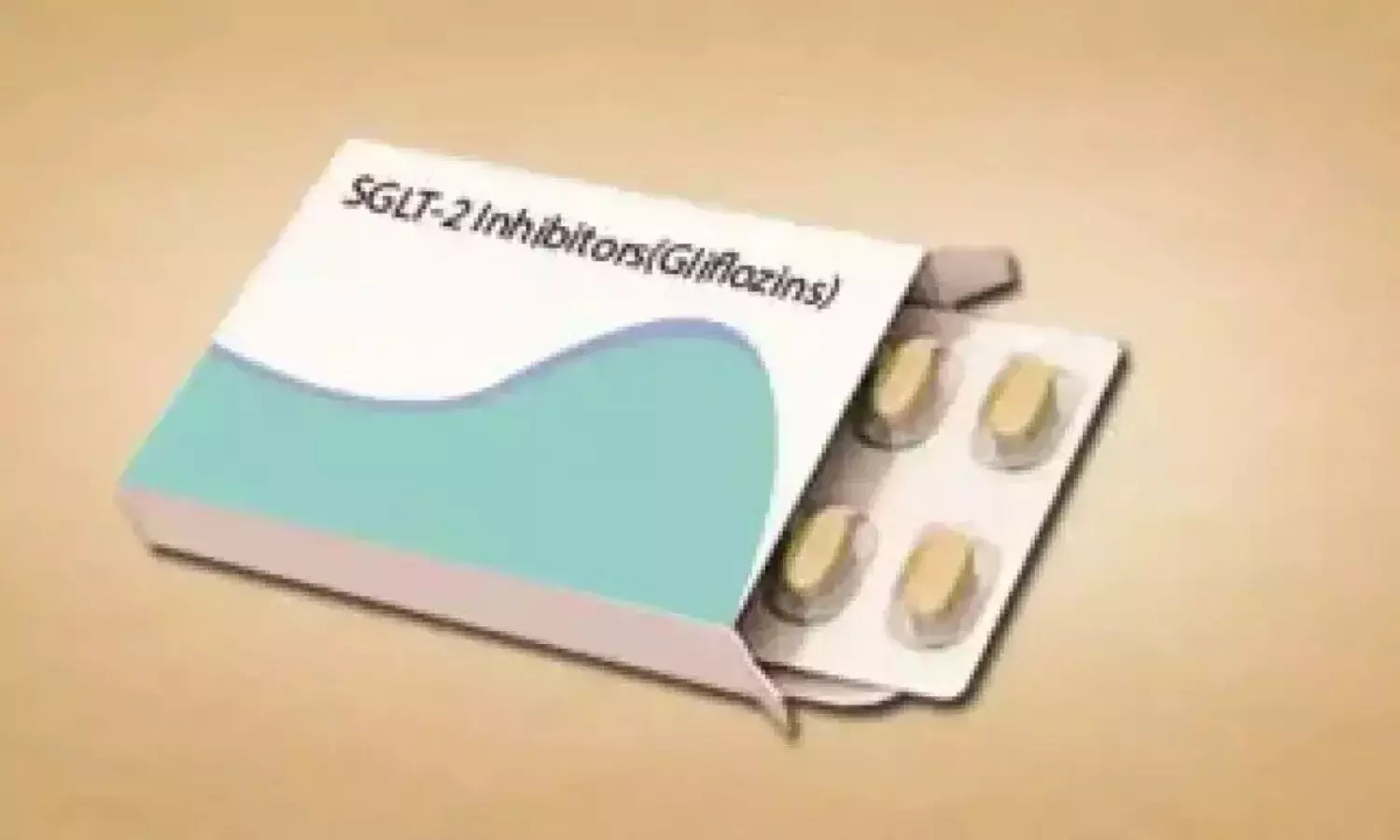
Germany: A recent clinical trial, known as the FLOW trial, has provided significant insights into treating type 2 diabetes and chronic kidney disease (CKD) using semaglutide combined with SGLT2 inhibitors. The findings, published in a prestigious medical journal, highlight the potential benefits of this dual therapy approach in managing these complex conditions.
The study, published in Nature Medicine, revealed the benefits of semaglutide in reducing kidney outcomes were consistent in participants with/without using baseline sodium-glucose co-transporter-2 inhibitors (SGLT2i); power was limited for detecting smaller but clinically relevant effects.
Type 2 diabetes (T2D) often leads to complications such as CKD, which can severely impact kidney function over time. People with T2D and CKD have a high risk for kidney failure and cardiovascular (CV) complications. Semaglutide, a glucagon-like peptide-1 (GLP-1) receptor agonist, has shown efficacy in controlling blood sugar levels and promoting weight loss in diabetic patients. SGLT2 inhibitors, on the other hand, help lower blood glucose levels by promoting urinary glucose excretion.
GLP-1 receptor agonists and SGLT2 inhibitors independently reduce cardiovascular and kidney events. There is no clarity on the effect of combining both. Considering this, Johannes F. E. Mann, University Hospital Erlangen, Friedrich Alexander University, Erlangen, Germany, and colleagues conducted the FLOW trial comprising participants with T2D and CKD who were stratified by baseline SGLT2i use (N = 550) or no use (N = 2,983) and randomized to semaglutide/placebo. The primary outcome was a composite of ≥50% eGFR reduction, kidney failure, and kidney or cardiovascular death.
The study led to the following findings:
FLOW trial findings have the potential to change the disease course of these high-risk patients and pave the way for new treatment strategies, offering hope to millions of patients globally.
In conclusion, the FLOW trial has underscored the promising role of semaglutide in managing type 2 diabetes and chronic kidney disease. As researchers delve deeper into these findings, there is optimism that this dual therapy approach could significantly improve outcomes and quality of life for patients battling these interconnected conditions.
Reference:
Mann, J. F., Rossing, P., Bakris, G., Belmar, N., Busch, R., Charytan, D. M., Hadjadj, S., Gillard, P., Górriz, J. L., Idorn, T., Ji, L., Mahaffey, K. W., Perkovic, V., Rasmussen, S., Schmieder, R. E., Pratley, R. E., & Tuttle, K. R. (2024). Effects of semaglutide with and without concomitant SGLT2 inhibitor use in participants with type 2 diabetes and chronic kidney disease in the FLOW trial. Nature Medicine, 1. https://doi.org/10.1038/s41591-024-03133-0
Powered by WPeMatico
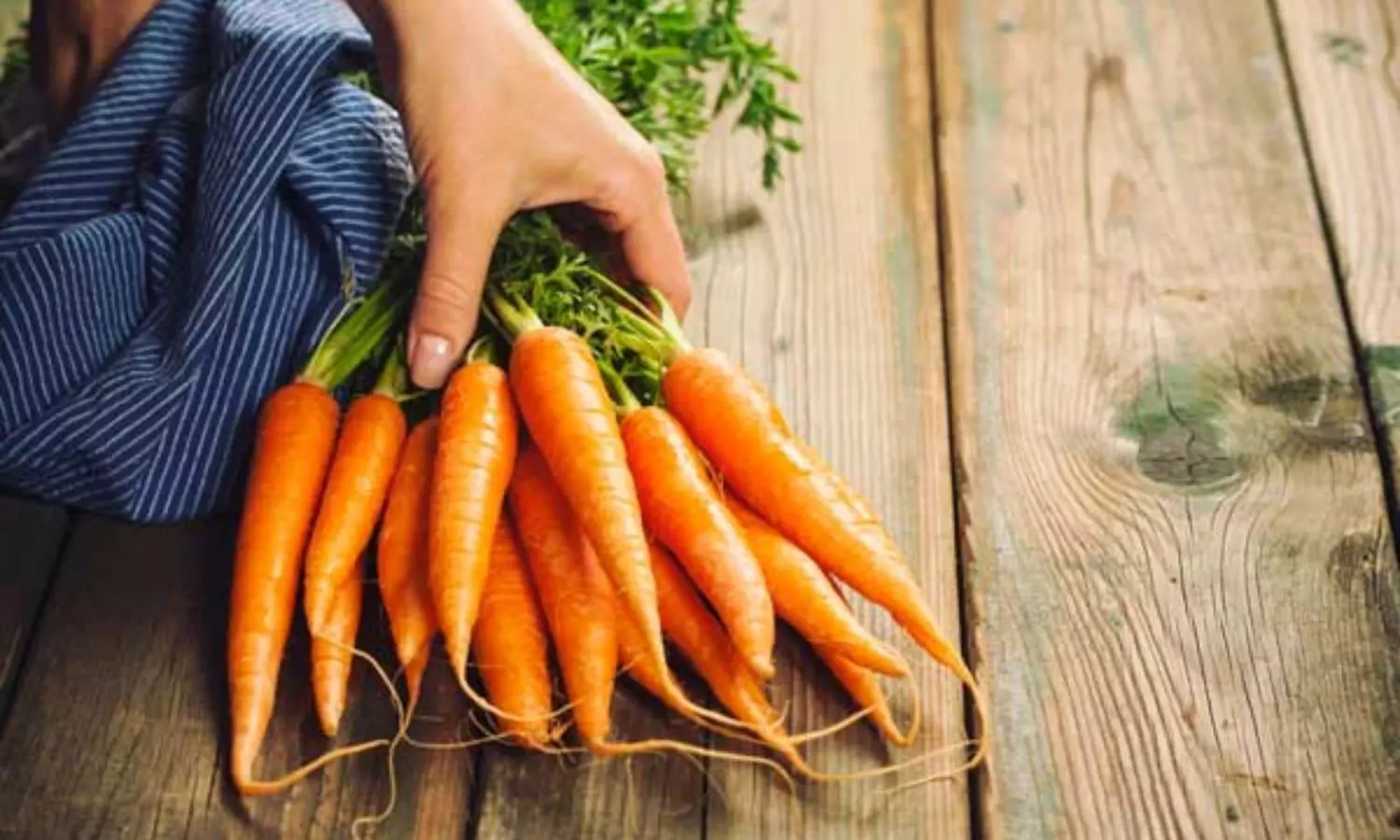
A new study found that eating a snack of baby carrots just three times a week significantly increased skin carotenoids in young adults. Levels of these phytonutrients were boosted even more when this healthy snack was combined with a multivitamin containing the carotenoid beta carotene.
Carotenoids, which are responsible for the bright red, orange and yellow colors of many fruits and vegetables, can be measured in the skin to gauge fruit and vegetable consumption since diet is the only source of these pigments. Higher levels of skin carotenoids are associated with increased antioxidant protection and a lower risk of chronic diseases such as heart disease and certain cancers. This marker also reflects improved skin health and immune function.
“Previous studies have demonstrated that skin carotenoid levels can be increased by consuming three times the recommended serving of fruits and vegetables every day for three weeks,” said Mary Harper Simmons, a Master of Science in Nutrition student at Samford University. “Our findings suggest that a small, simple dietary modification — incorporating baby carrots as a snack — can significantly increase skin carotenoid accumulation.”
Simmons will present the findings at NUTRITION 2024, the flagship annual meeting of the American Society for Nutrition held June 29–July 2 in Chicago.
For the study, the researchers randomly assigned 60 young adults to groups that received a four-week intervention of either Granny Smith apple slices (control), 100 grams (about half a cup) of baby carrots, a multivitamin supplement containing beta carotene or a combination of baby carrots and the supplement. Before and after the intervention, they used a noninvasive research-grade spectroscopy instrument called a VeggieMeter to detect and quantify carotenoids in the skin of the study participants.
The researchers found that compared to pre-intervention levels, skin carotenoid scores were significantly increased by 10.8% in the group receiving the baby carrots and by 21.6% in the group receiving the carrots and the supplement. Skin carotenoid levels were not changed in the control group or in those receiving only the supplement.
“We found that the combination of baby carrots and a multivitamin supplement that contains beta carotene can have an interactive effect on skin carotenoid accumulation,” said Simmons. “To get a beneficial effect, people should choose a multivitamin that contains beta carotene, and remember to eat baby carrots at least three times a week.”
Since carotenoid accumulation was not increased by multivitamin supplementation alone there could be differences in how carotenoids are absorbed, depending on whether they are from food or supplements. The researchers would like to explore the mechanism behind these findings and study the effects of other carotenoid-rich foods, such as sweet potato or green leafy vegetables.
Reference:
Trying to eat more vegetables? Snacking on carrots might help, American Society for Nutrition, Meeting: NUTRITION 2024
Powered by WPeMatico
